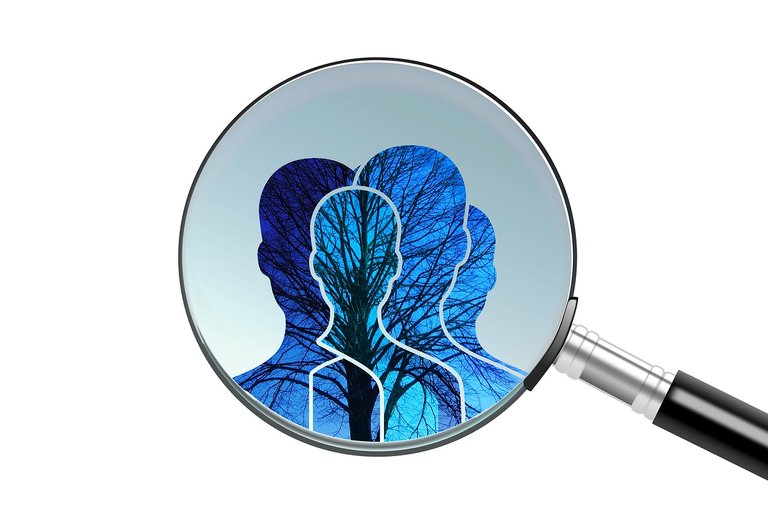Lets Talk About Our Emotions: Neurotransmitters and Brain Regions.
Hi StemSocial, for today, I'd like to discuss emotions with you. Emotions, which represent the diverse range of human experiences, are influenced by a complicated interaction between neurotransmitters and different parts of the brain. This complex relationship not only affects our mood but also influences how we behave. Join me as we explore the interesting world of emotions together, understanding the scientific mechanisms behind them and looking at some real-life examples to illustrate this fascinating process.

The Neurochemical Ballet:
At the heart of emotional regulation lie neurotransmitters, the messengers of the brain. Serotonin, often dubbed the "feel-good" neurotransmitter, plays a pivotal role in stabilizing mood. Now imagine a serene hike through a sunlit forest – the surge of serotonin evoked by nature's beauty provides a tangible example of its impact on our emotional well-being.
Another is dopamine, the neurotransmitter associated with reward and pleasure, paints a different emotional canvas. Think about the joy felt when achieving a personal goal; dopamine is what floods the brain, creating a sense of accomplishment and joy. Real-life success stories serve as poignant reminders of dopamine's influence on our emotional highs.
Brain Regions as Emotional Maestros:
The brain, with its interconnected parts, orchestrates emotions through specialized areas. The amygdala, acting like an emotional guard, is what processes fear responses. Think about the heart-pounding moment in a horror movie – the amygdala's lightning-fast reactions in those moments demonstrate its role as the emotional gatekeeper.
Moving to the prefrontal cortex, the brain's executive center. This is where we witness the regulation of emotions. In everyday life, instances of emotional intelligence, such as recognizing and managing emotions during a challenging conversation, showcase the prefrontal cortex's ability to navigate the complex terrain of social interactions.
Now, lets think about the excitement of a roller coaster ride – your adrenal glands release adrenaline, making the experience even more intense. This surge is like a survival instinct, reminding us of our ancestors' quick response to threats. Nowadays, that same adrenaline rush adds to the thrill of amusement park adventures.
Exploring how stress influences emotions reveals the cortisol connection. Imagine a student about to take a crucial exam – the stress-triggered release of cortisol helps sharpen concentration and speeds up reaction time, illustrating the delicate interplay of emotions in demanding situations.
Conclusion:
In the complex mix of human emotions, neurotransmitters and brain regions work together like skilled artisans, shaping our feelings and affecting how we act. This collaboration creates various threads and patterns that make up a detailed tapestry. As we explore the details of emotional regulation, we gain a better understanding of how our brain chemistry is deeply connected to the complex artwork of human experience.
Reference and further studies
https://www.ncbi.nlm.nih.gov/pmc/articles/PMC3939963/#:~:text=Prefrontal%20cortexes%20(PFC)%20of%20brain,in%20emotion%20and%20emotional%20regulation.
https://www.ncbi.nlm.nih.gov/pmc/articles/PMC7025515/
https://www.frontiersin.org/articles/10.3389/fpsyg.2020.00021/full
https://www.frontiersin.org/articles/10.3389/fpsyg.2022.920702/full
https://myacare.com/blog/feelings-the-neuro-chemistry-of-emotion
https://www.recentscientific.com/impact-neurotransmitters-health-through-emotions
Thanks for your contribution to the STEMsocial community. Feel free to join us on discord to get to know the rest of us!
Please consider delegating to the @stemsocial account (85% of the curation rewards are returned).
Thanks for including @stemsocial as a beneficiary, which gives you stronger support.
Thank you so much StemSocial
GABA the chief inhibitory neurotransmitter 😆